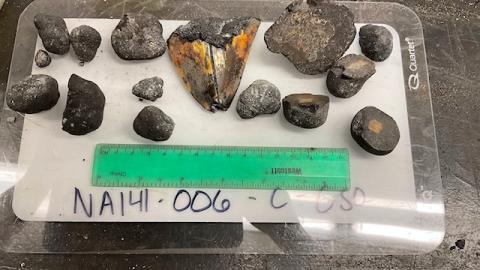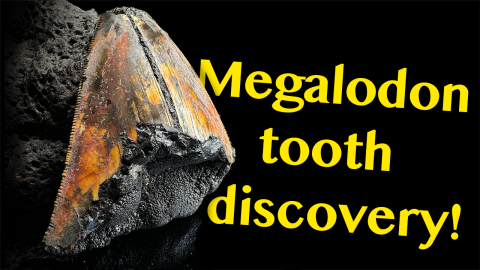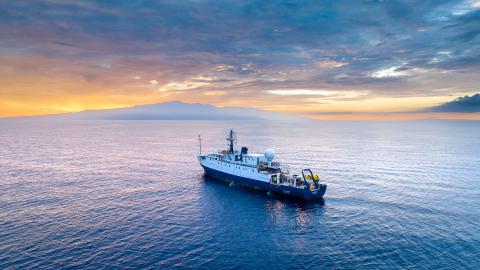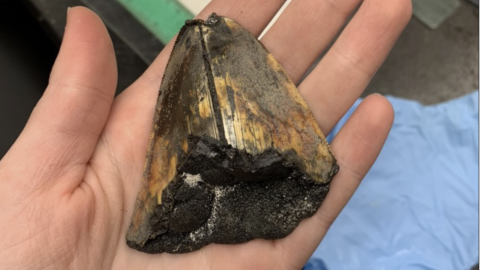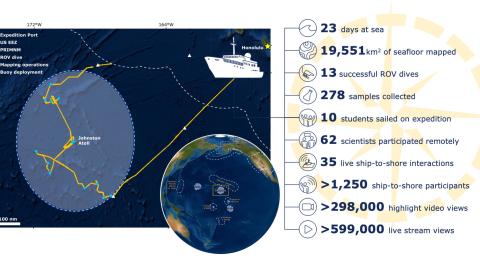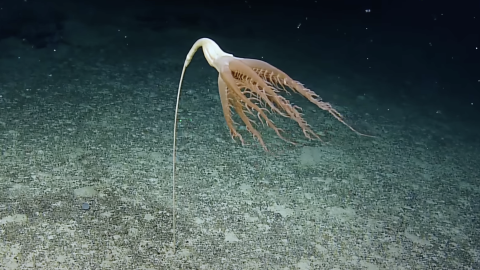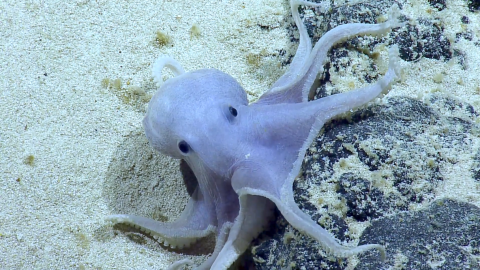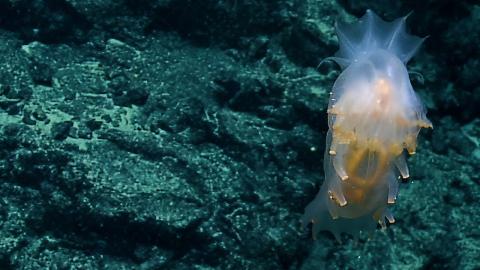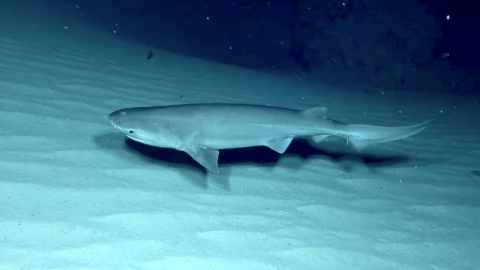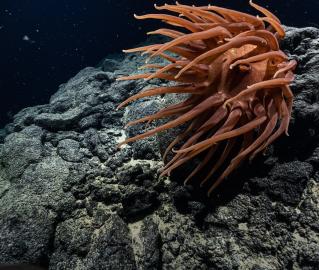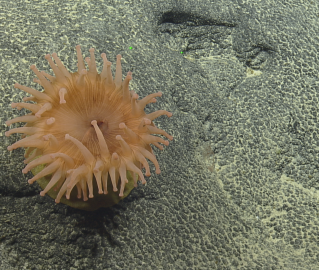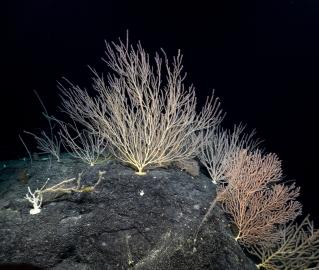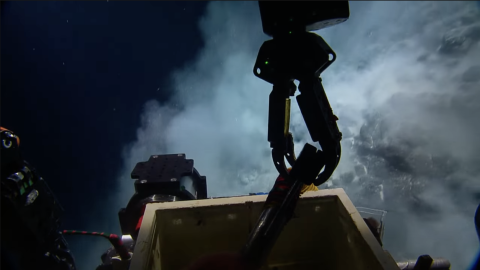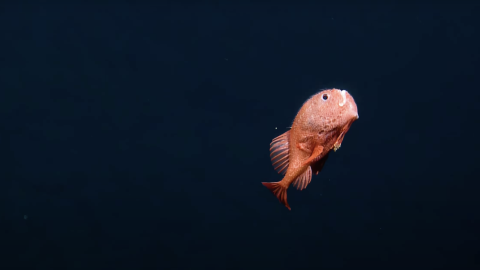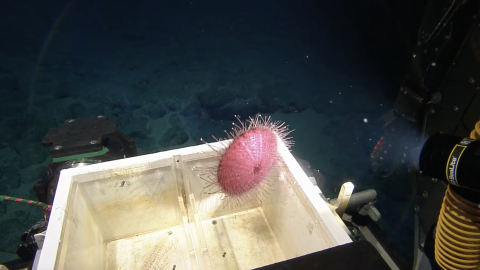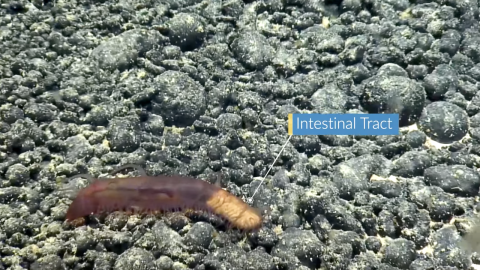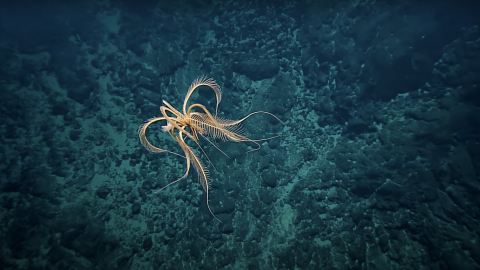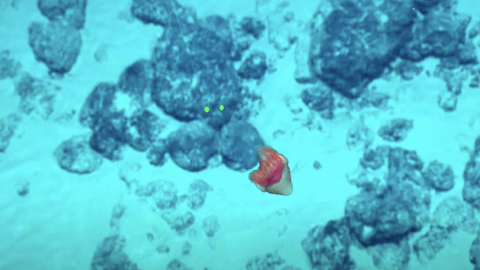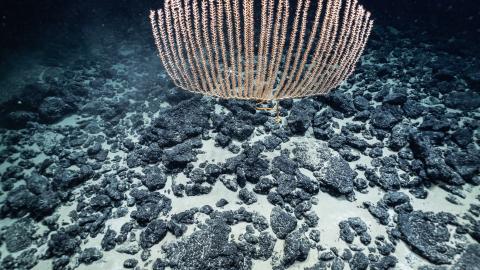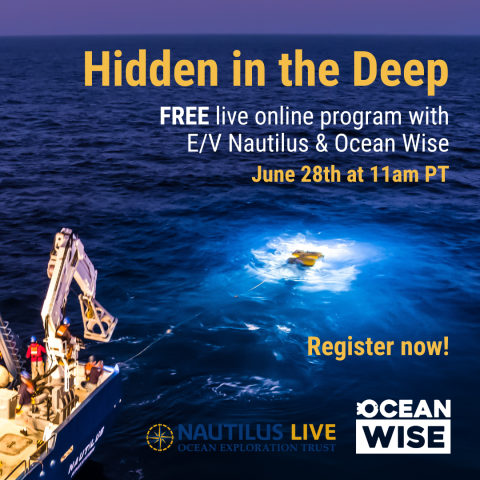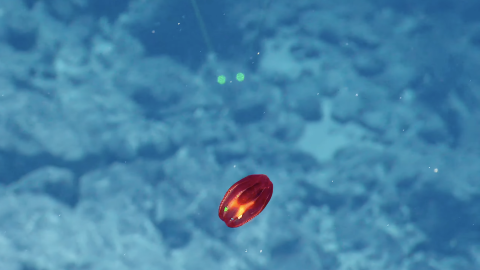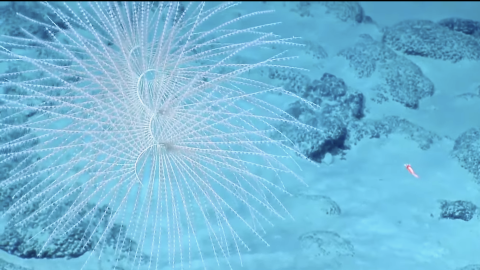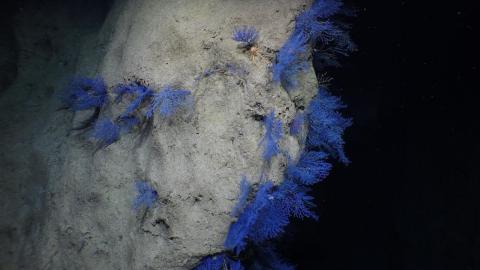Johnston Atoll, one of the most isolated atolls in the world, is located in the central Pacific Ocean, between the Hawaiian Islands, the Line Islands, and the nation of Kiribati. Around this atoll, the Pacific Remote Island Marine National Monument (PRIMNM) was expanded in 2014 to protect the full 200 nautical mile perimeter of the exclusive economic zone (EEZ) encompassing many unexplored seafloor features. Utilizing data from the previous mapping expedition and the multiyear NOAA Campaign to Address Pacific monument Science Technology, and Ocean NEeds (CAPSTONE, 2015-2017), the team will target ROV dives to expand upon understanding of prime deep sea coral and sponge habitat.
The ROV dives will largely occur along ridge features that are common within the Johnston Atoll Unit of PRIMNM where high densities of corals are expected to reside. The primary objectives of this expedition include (1) conducting surveys of the density and diversity of benthic habitats of Johnston Atoll including deep-water corals, sponges, and fish habitats; (2) acquiring physical and chemical data in support of PRIMNM’s conservation and exploration goals, including dissolved oxygen and eDNA samples; and (3) collect rock samples to identify mineral crusts and age date the geological features of the region.
Johnston Atoll is located in the Prime Crust Zone, an area of the Pacific with oceanographic conditions observed to concentrate deep-sea minerals, including economically valuable metals and rare earth elements. The questions of biological connectivity are particularly relevant around Johnston Atoll as the area contains rich biodiversity and is the closest deep water marine protected area to Papahānaumokuākea Marine National Monument and in the same region as the Kingman Reef, Palmyra Atoll, and Kiribati’s Phoenix Islands Protected Area.
This expedition is funded by NOAA Ocean Exploration via the Ocean Exploration Cooperative Institute.































